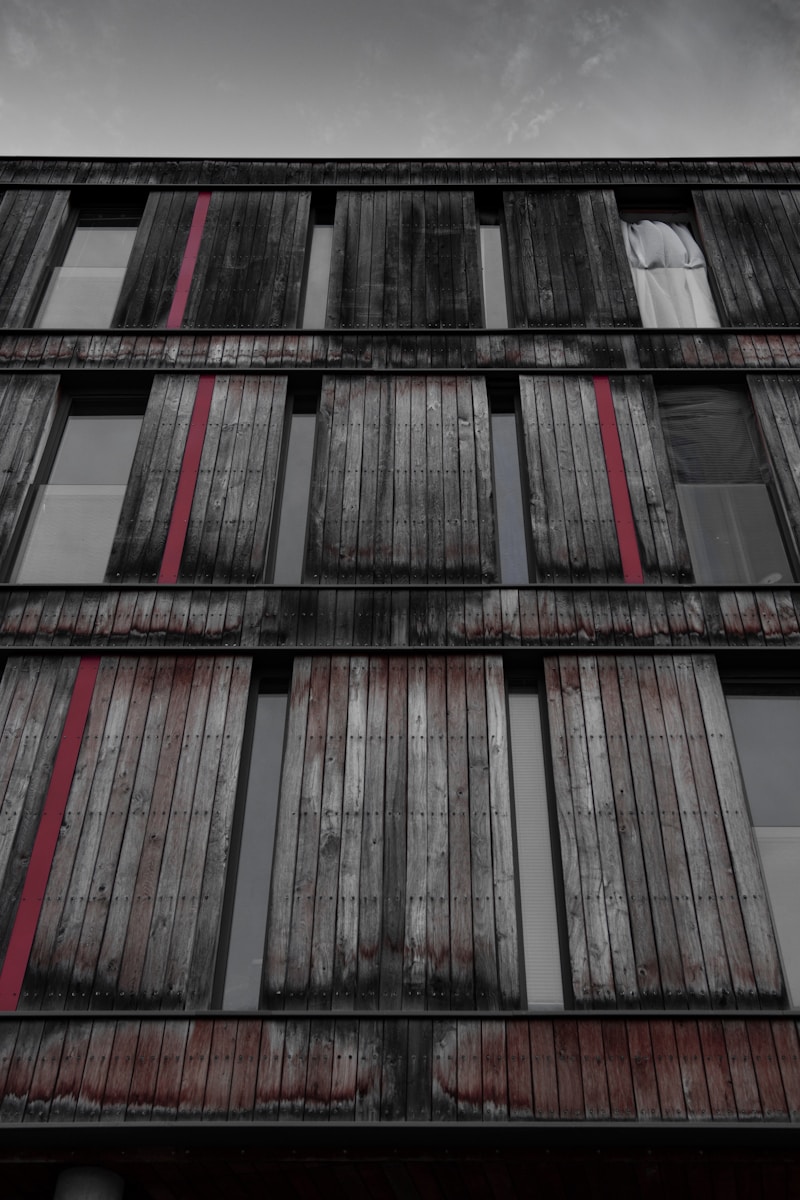Exploring the Allure of Faded Photographs: A Journey Through Time
Introduction to Faded Photographs
Faded photographs have a unique charm that enchants collectors, historians, and photography enthusiasts alike. These images, often tinged with nostalgia, tell stories from the past, providing glimpses into moments that have faded with time. They provoke emotional responses and often evoke memories of people, places, and events long gone. In this article, we will delve into the significance of faded photographs, their historical context, preservation techniques, and the reasons behind their enduring appeal.
The Historical Context of Faded Photographs
Faded photographs typically date back to the late 19th and early 20th centuries when photography was becoming a popular medium for documentation and art. The processes of developing and printing photographs were not as advanced as they are today, which often resulted in images that would fade over time due to exposure to light, heat, and humidity.
During this era, various photographic techniques were utilized, such as daguerreotypes, tintypes, and albumen prints. Each of these methods produced results that have their own unique aesthetic qualities. Faded photographs serve as tangible connections to our past and provide historians with valuable insights into life during specific periods.
Common Techniques That Led to Fading
| Technique | Description | Fading Effects |
| Daguerreotype | Developed in 1839, this process involved exposing a silver-coated copper plate. | Results often have a shiny appearance but can fade due to light exposure. |
| Tintype | Created using a ferrotype process, tintypes were popular in the 1860s. | These images can become dull and faded, giving them a unique character. |
| Albumen Prints | This method used egg albumen to bind the photographic chemicals to paper. | Albumen prints may exhibit fading or yellowing over time. |
Why Do People Love Faded Photographs?
The appeal of faded photographs is multifaceted. Here are some reasons why enthusiasts are drawn to them:
- Nostalgia: Faded photographs often evoke memories, making viewers reminisce about personal experiences or historical events.
- Artistic Value: The soft, muted colors and textures found in faded photographs create a unique aesthetic that many find appealing.
- Storytelling: Each faded photograph carries its own story, often enriching our understanding of the people and contexts behind the images.
- Investment: Faded photographs, especially those of significant cultural or historical value, can appreciate over time, making them appealing to collectors.
Preserving Faded Photographs
Preserving faded photographs can help maintain their integrity and prolong their lifespan. Here are several key preservation techniques:
1. Controlled Environment
Store faded photographs in a cool, dry place, away from direct sunlight. Ideal relative humidity levels are around 30-50%, and temperatures should be between 65-70°F (18-21°C).
2. Use Archival Materials
When storing or displaying faded photographs, use archival-quality materials. This ensures that the materials do not transfer harmful substances to the photographs.
3. Avoid Handling
Minimize handling faded photographs. When necessary, use cotton gloves to prevent oils and dirt from damaging the surface.
4. Digitization
Consider digitizing faded photographs. This allows for high-quality preservation of the images while reducing physical handling.

Conclusion
Faded photographs are more than just images; they are windows into the past, capturing moments and emotions that transcend time. Their unique charm and historical context make them valuable for both personal reflection and academic study. For those interested in collecting or preserving faded photographs, understanding their historical significance and employing the right preservation methods is crucial. Always remember the emotional power these images bear, and treat them with the respect and care they deserve. As you explore the world of faded photographs, be mindful of their stories, and let them inspire you to reflect on the passage of time.
If you are considering starting a collection of faded photographs or looking to preserve your own, remember to take care of these precious pieces of history. Seek professional advice on restoration and preservation if needed, and continue to cherish the stories they tell.